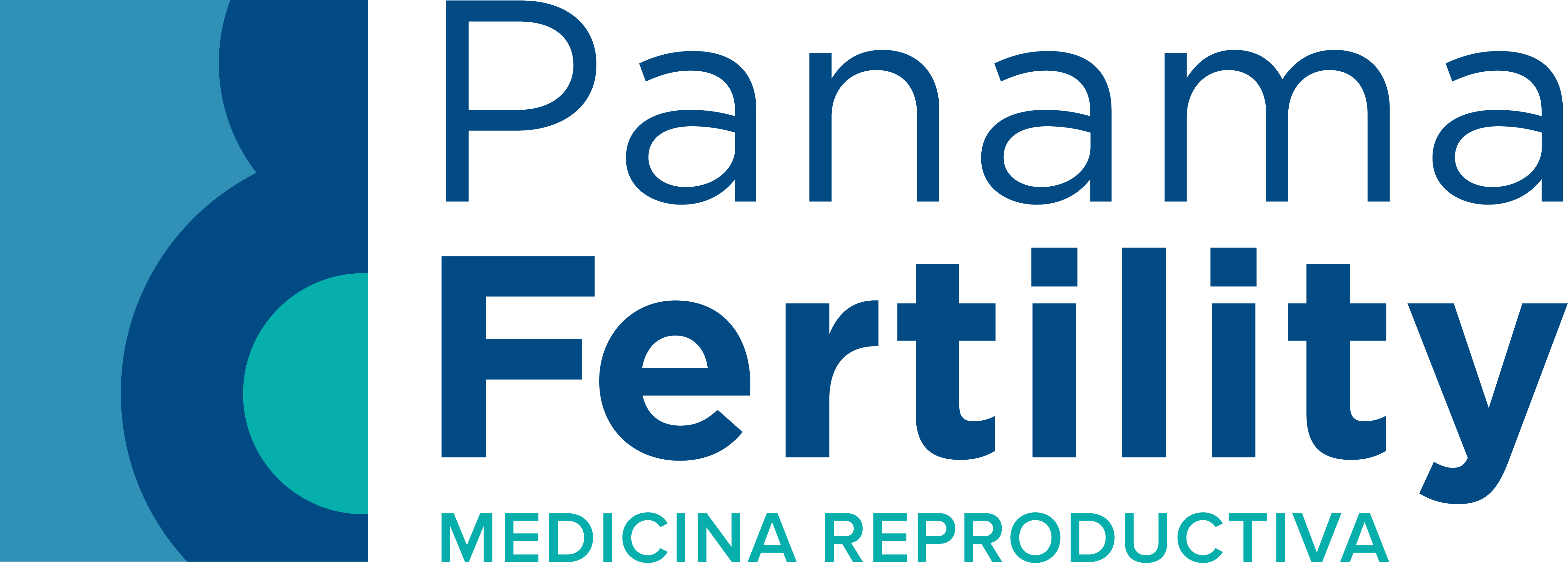IVF success rates continue to steadily increase
That is the latest news from the European Society of Human Reproduction and Embryology (ESHRE) 37th Annual Meeting. This encouraging trend is being attributed to the use of blastocyst as a more common practice and the use of vitrification for the fast freezing of embryos.
Dr. Zoha Saket, Sahlgrenska University Hospital, Sweden presented her study results at the annual conference.
The study examined the national IVF registry of Sweden, which included almost 125,000 treatments carried out between 2007 and 2017. This concluded that the steady rise in birth rates can be attributed to two emerging clinical trends in IVF:
• the transfer of embryos at the blastocyst stage of their development
• the increasing use of embryo freezing with the fast-freeze technology of vitrification.
Dr. Zoha Saket, Sahlgrenska University Hospital, Sweden presented her study results at the annual conference.
The study examined the national IVF registry of Sweden, which included almost 125,000 treatments carried out between 2007 and 2017. This concluded that the steady rise in birth rates can be attributed to two emerging clinical trends in IVF:
• the transfer of embryos at the blastocyst stage of their development
• the increasing use of embryo freezing with the fast-freeze technology of vitrification.
Blastocyst transfer in IVF
An embryo cultured for five or six days after fertilization is known as a blastocyst. The transfer of a blastocyst in IVF is said to be more physiological in as much as in natural pregnancy the embryo, which implants in the uterus does so at the blastocyst stage. Presently, most national IVF registries show that around 75% of all embryo transfers take place at the blastocyst stage.
Generally, studies show that treatment cycles with blastocyst transfers have slightly higher success rates than those with cleavage stage (day 3) transfers. Development in the lab to the blastocyst stage offers the embryologist an additional means of selection for transfer.
Generally, studies show that treatment cycles with blastocyst transfers have slightly higher success rates than those with cleavage stage (day 3) transfers. Development in the lab to the blastocyst stage offers the embryologist an additional means of selection for transfer.
Freezing
Vitrification, a rapid freeze technology that reduces cells to a glass-like state in seconds, has revolutionised freezing in the past decade. The speed of the technology means that ice crystals can’t form, which on thawing could have damaged the frozen cells. This is the reason why eggs as well as embryos, can now be frozen without damage and without loss of viability.
This is also the reason why vitrified embryos have high survival rates after thawing. Vitrification of an embryo also means that the transfer of a frozen-thawed embryo doesn’t have to be done in the same fresh cycle, where the ovaries were stimulated with fertility hormones. Some studies have shown to ovarian stimulation can be detrimental to implantation and the uterine environment. The huge clinical advantage from freezing means that transfers can be done one embryo at a time, thereby avoiding the risk of multiple pregnancies.
The national data analysed for the study showed that cumulative live birth rates increased over the decade from 27% in 2007 to 36% in 2017 per each egg collection cycle. Such cumulative rates, it is now accepted, represent the most telling indicator of IVF success, indicating a real-life outcomes from one cycle of fresh treatment plus any subsequent cycles from the extra frozen blastocysts.
The increase in cumulative live birth rate was found to be independent of maternal age, the number of eggs retrieved and the number of previous IVF live births, suggesting that its explanation lay in the treatment itself and not in other predictive factors.
Dr. Saket said that the rate of blastocyst transfers increased rapidly in Sweden during the study period.
• Fresh transfers from 5% in 2007 to 31% in 2017
• Frozen-thawed transfers from 6% to 88%. Embryo transfer at the cleavage stage decreased accordingly, while the increase in the rate of blastocyst transfer followed the trend of increasing live birth rates.
Similarly, the introduction of fast freezing by vitrification a decade ago allowed a higher embryo survival rate than with slower freezing techniques.
Dr. Mario Vega Croker, Scientific Director at Panama Fertility welcomed this latest study. He said, “We always follow the science to increase our patient’s chance of IVF success and have adopted both of these methods as standard in our laboratory. It is really encouraging to now see a large-scale study that supports our own findings in our success rates.”
Dr. Saket concluded, “We have seen a substantial increase in cumulative live birth rate taking place over time and this has happened in parallel with an increase in blastocyst transfer, particularly when used with frozen treatments. This development, when observed in parallel with a high and increasing use of single blastocyst transfer, also results in a low multiple birth rate. Moreover, as the techniques for embryo culture to the blastocyst stage and for cryopreservation have improved, more blastocysts are available for transfer. And this has important implications for patients, that a smaller number of egg collection treatments may be needed to obtain a live birth and that the time to achieve it may be shortened. A high rate of single blastocyst transfer will also reduce the risk of multiple pregnancy.”
This is also the reason why vitrified embryos have high survival rates after thawing. Vitrification of an embryo also means that the transfer of a frozen-thawed embryo doesn’t have to be done in the same fresh cycle, where the ovaries were stimulated with fertility hormones. Some studies have shown to ovarian stimulation can be detrimental to implantation and the uterine environment. The huge clinical advantage from freezing means that transfers can be done one embryo at a time, thereby avoiding the risk of multiple pregnancies.
The national data analysed for the study showed that cumulative live birth rates increased over the decade from 27% in 2007 to 36% in 2017 per each egg collection cycle. Such cumulative rates, it is now accepted, represent the most telling indicator of IVF success, indicating a real-life outcomes from one cycle of fresh treatment plus any subsequent cycles from the extra frozen blastocysts.
The increase in cumulative live birth rate was found to be independent of maternal age, the number of eggs retrieved and the number of previous IVF live births, suggesting that its explanation lay in the treatment itself and not in other predictive factors.
Dr. Saket said that the rate of blastocyst transfers increased rapidly in Sweden during the study period.
• Fresh transfers from 5% in 2007 to 31% in 2017
• Frozen-thawed transfers from 6% to 88%. Embryo transfer at the cleavage stage decreased accordingly, while the increase in the rate of blastocyst transfer followed the trend of increasing live birth rates.
Similarly, the introduction of fast freezing by vitrification a decade ago allowed a higher embryo survival rate than with slower freezing techniques.
Dr. Mario Vega Croker, Scientific Director at Panama Fertility welcomed this latest study. He said, “We always follow the science to increase our patient’s chance of IVF success and have adopted both of these methods as standard in our laboratory. It is really encouraging to now see a large-scale study that supports our own findings in our success rates.”
Dr. Saket concluded, “We have seen a substantial increase in cumulative live birth rate taking place over time and this has happened in parallel with an increase in blastocyst transfer, particularly when used with frozen treatments. This development, when observed in parallel with a high and increasing use of single blastocyst transfer, also results in a low multiple birth rate. Moreover, as the techniques for embryo culture to the blastocyst stage and for cryopreservation have improved, more blastocysts are available for transfer. And this has important implications for patients, that a smaller number of egg collection treatments may be needed to obtain a live birth and that the time to achieve it may be shortened. A high rate of single blastocyst transfer will also reduce the risk of multiple pregnancy.”



